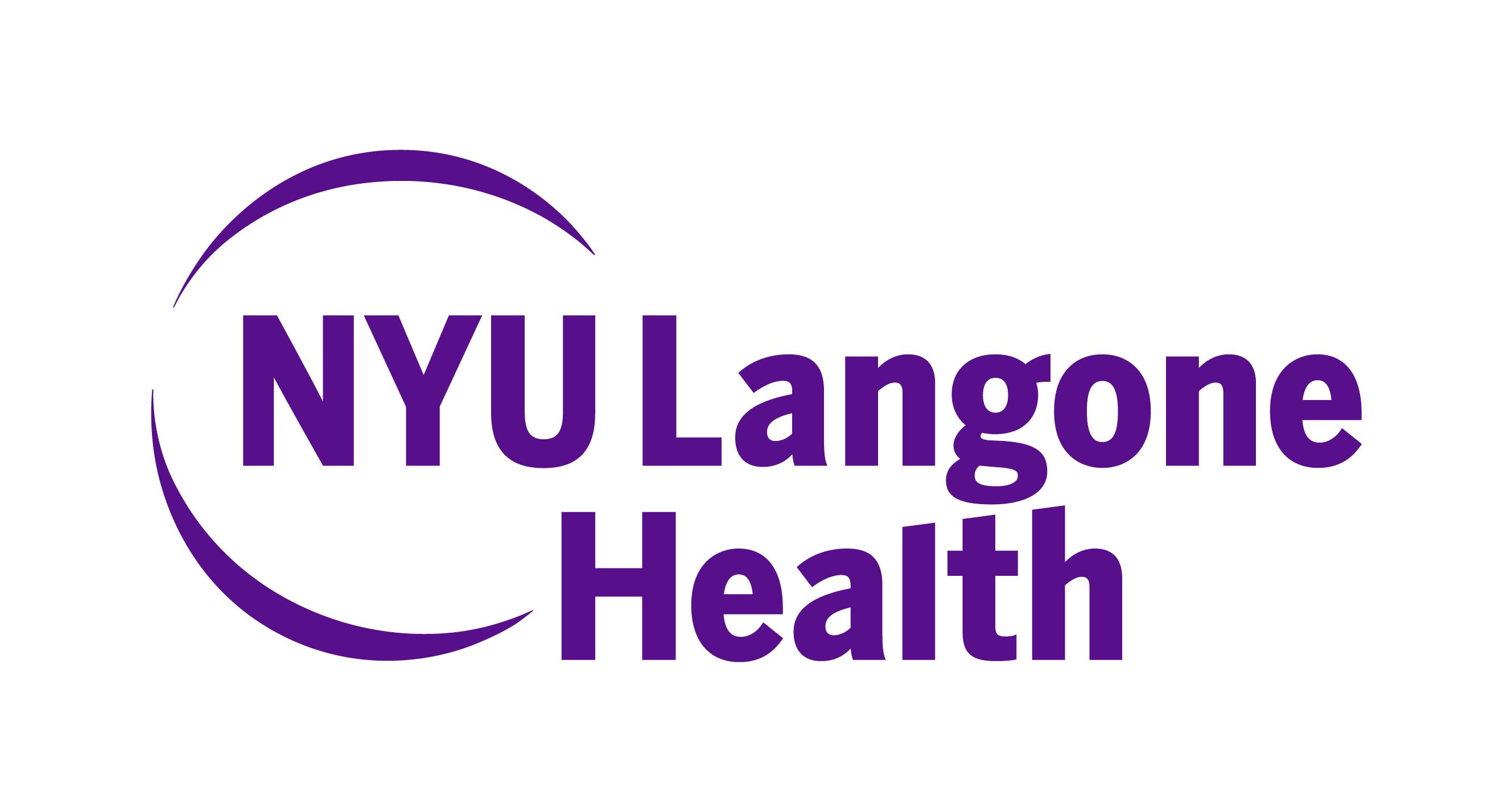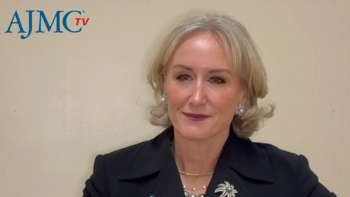
- November 2025
- Volume 31
- Issue 12
- Pages: SP867
Team-Based Precision Oncology: Advancing Value and Access in Cancer Care

Key Takeaways
- Multidisciplinary collaboration and data integration are essential for effective cancer care, addressing complexities in precision medicine and overcoming fragmented data challenges.
- Pharmacists are integral to oncology care, optimizing treatment plans, managing adverse effects, and supporting precision medicine through collaborative practice agreements.
Experts discuss the evolution of cancer care, emphasizing value-based approaches, precision oncology, and the importance of multidisciplinary collaboration for improved patient outcomes.
Increasing scientific advancement and treatment complexity are fast transforming the landscape of contemporary cancer treatment and redefining how clinicians deliver care, how patients access care, and how data related to care are managed. These new directions for delivering cancer care were evident across the expert discussions at the recent Institute for Value-Based Medicine® event in New York City on October 9, “Driving the Future of Cancer Care.”
That evening, several factors paramount to achieving optimal care delivery through value-based care and precision medicine emerged. These included multidisciplinary collaboration, leveraging data and technology, defining value through outcomes, and ensuring equitable access.
Patient education, medication management, and supportive care are crucial in oncology care today, meaning that seamless team-based collaboration needs to extend outside the typical bounds of physician-provided oncology care to integrate other care specialties, such as clinical pharmacy. This enhanced collaboration is also vital as the use of precision oncology continues to expand, driven by complex diagnostic tools such as next-generation sequencing. Unfortunately, maximizing the utility of such tools is often hampered by significant obstacles, including fragmented data, which prevents the seamless integration of genomic results into clinical decision-making.
Achieving high-value care also is contingent upon overcoming persistent financial and administrative barriers. Discussions throughout the evening repeatedly highlighted the challenge of aligning incentives with patient outcomes, whether through incentivizing value-based models or navigating insurance prior authorizations.
Underpinning these challenges is the need to address health equity and access, particularly patient participation in clinical trials. Structural inequities, including logistical hurdles and low health literacy, often hinder patient participation in clinical trials, underscoring the demand for infrastructure improvements and dedicated team support to increase trial enrollment and retention.
Understanding the Power of Team-Based Oncology
Moderated by Nagashree Seetharamu, MD, MBBS, of the Donald and Barbara Zucker School of Medicine at Hofstra University/Northwell Health, the evening’s first panel spared no time in emphasizing why collaboration is critical to cancer care by highlighting what is necessary to accomplish this and what sometimes gets in the way. Aristotelis Tsirigos, PhD, of NYU Langone, and Marcus Flores, PharmD, BCPS, BCOP, of Mount Sinai Hospital, joined Seetharamu.
Multidisciplinary collaboration is essential, the panelists concurred, because cancer care has increasingly become complex, driven by rapid advancements in biology, immunotherapy, and precision medicine. Tsirigos explained, “Cancer, as we all know, is a very complex disease, starting from biology,” he said. “On the other side, there has been a lot of innovation.”
Consequently, in addition to pathologists and oncologists, the clinicians directly spearheading care, pharmacists, molecular pathologists, and nurses are necessary to avoid care fragmentation. Financial and psychological burdens also need to be managed. Additionally, Tsirigos added that ensuring optimal communication is paramount to making the care experience seamless for the patient. “The more team players we bring in, the more complex it becomes for the patient, and they sometimes get the sense that this is dysfunctional,” he said.
“From a pharmacy perspective, I think it’s really great to be part of a multidisciplinary team, being there as part of the treatment decision-making team,” Flores said. “Pharmacists can be an additional counseling point.” They can help patients navigate decisions, counsel clinicians on potential drug interactions, and help to secure medications if patients encounter financial difficulties, acting as a bridge between physician and patient.
Technology plays a large part, especially artificial intelligence (AI), as its roles grow across the health care spectrum.1-3 AI has great potential to streamline processes, and has already demonstrated as much, including for electronic health records and in pathology and radiology, while giving clinicians back patient time.2 Seetharamu hopes these technologies can take over the non–patient-centric tasks, freeing clinicians to “do the things they like to do most.”
Delivering on the Promise of Precision Oncology
Precision oncology is about much more than genomics. Crucially, it encompasses delivering “the right treatments and the right approaches to the right patients.” So said Andrew Laccetti, MD, of NYU Langone Health, during the panel, “Delivering on the Promise of Precision Oncology.” This discussion on data integration and process standardization emphasized that the increasing complexity of oncologic care necessitates system-wide strategies to ensure high-quality and consistent care.
Spotlighting such tools as next-generation sequencing (NGS), advanced imaging, and decision-making aids that involve algorithms, William Oh, MD, of Yale School of Medicine, explained that although this influx of discoveries is a boon—for example, actionable mutations in lung cancer have jumped from 8% or 9% to 33%—clinicians still receive “vast amounts of data” that are difficult to interpret or act upon. Bridging these knowledge gaps between academic and community centers, clinical pathways are fast becoming essential tools to guide precision care.
Joshua Sabari, MD, of NYU Langone Health, who moderated the discussion, explained that these care pathways help to serve as a standardized approach, guiding oncologists through the treatment selection process and the “hundreds of therapies available.” He added that cost should not be the primary guidepost in therapy selection in these pathways, but therapeutic efficacy and physician-led development.
Another barrier to fulfilling the promise of precision oncology is data fragmentation, particularly the difficulty of successfully integrating NGS data with electronic medical records (EMRs) and linking data within the EMRs to genomic results. “At our institution, there’s no restriction in terms of what you can order,” said Tony Philip, MD, FACP, FASCO, of Northwell Health. “It makes it harder in terms of data because it’s all over the place.”
The discussants concluded that a strategic focus on data infrastructure and process automation needs to be emphasized. This potentially involves integrating NGS data into the EMR, automating testing, negotiating data-sharing agreements, and continuously auditing the quality of care provided.
Optimize Value in Oncology With Pharmacy
Oncology pharmacists are no longer responsible for dispensing medications alone. Ongoing advocacy is crucial. They are now essential to helping clinicians and patients alike navigate the complexities of advanced cancer care through hands-on experience by optimizing not only patient care but also supportive therapy.
“As oncology care gets increasingly complicated, pharmacists have an opportunity to play a great role on the care team…. They enhance value through innovative service models, evolving treatment plans and algorithms, and biomarker-driven therapy,” said Scott Freeswick, PharmD, MS, of Memorial Sloan Kettering Cancer Center (MSK). “They play a role [in] making sure patients get treated with the right drug at the right time.”
Pharmacist-led clinics are one great example of this integrated care process. Marina Barsoum, PharmD, BCOP, of NewYork-Presbyterian Brooklyn Methodist Hospital, spoke about her institution’s oral chemotherapy–focused clinic and the collaborative practice agreements’ role. In these clinics, pharmacists work from patient referrals, and they can more cohesively manage treatment-related adverse effects, dose reduce when necessary, order lab tests or prophylaxis, make recommendations on holding therapy for any reason, and conduct patient follow-up calls with the patients.
As key partners in delivering precision medicine safely, they can also help guide therapeutic decisions, develop treatment protocols, and ensure treatment plans align with a patient’s molecular profile—each being unique to that patient. “I think the way that we help guide decisions is that we’re just integrated into the care team in clinic. We’ll have patients come in, and we’ll look at their NGS, and they might have bypass resistance, meaning they might not respond to a certain therapy based on their NGS,” said Raymond DeMatteo, PharmD, BCOP, of MSK. “We have those discussions.”
Pharmacists even help patients tackle barriers to care, including navigating financial decisions, processing prior authorizations,3 and organizing appeals, so that patients can hope to avoid switching or even pausing regimens because of cost.
“We’re definitely very heavily involved,” exclaimed Mary Nauffal, PharmD, MS, BCOP, also of MSK. “We use our clinical background to support the need and why we need to use this medication for this patient.”
Addressing SDOH in Clinical Trial Participation
Closing out the evening, the final panel discussion centered around 3 principal themes: social determinants of health (SDOH), infrastructure and operational challenges, and financial and systemic incentives. The overall goal was to improve access to and participation in clinical trials by acknowledging that clinicians need to recognize gaps in evidence representing a diversity of patients, which often stem from a complexity of factors that impede patient eligibility and sustained participation.
“There’s a disconnect between where research is currently offered and where patients might be receiving oncology care,” said moderator Therica Miller, MBA, CCRP, of Tisch Cancer Institute, referring to metrics that show a scant 7.1% of patients with cancer participate in cancer treatment trials.4 Of these patients, 21.6% are enrolled in trials at National Cancer Institute (NCI)–designated comprehensive cancer centers, 5.7% at integrated network programs, 5.4% at non–NCI-designated programs, and 4.1% at community programs.
The panelists agreed it is vital to address SDOH to achieve health justice and equity. These SDOH typically include culture, poor health literacy, lack of access to health care, uncontrolled comorbidities, poor trial awareness, logistical enrollment challenges, trial exclusivity, and communication barriers. Carline Fevry, PharmD, also at NewYork-Presbyterian Brooklyn Methodist Hospital, said, “I advocate for patient-centric communication. I try to encourage the researchers to [use] clear language with the patients [and emphasize] that communication should drive the whole clinical research journey of the patient. [Because] when you have a patient who is confident in researchers and the institution, they are more likely to engage in clinical research and view that institution as being ethical, safe, and beneficial.”
Operational restructuring is also necessary to bridge the research disconnect. Some strategies to achieve this are community outreach, education, and mobile units to bring trials to underserved communities. Tied into this is the importance of educating clinicians.
“I think a big part, that is actionable, like a lever you can pull on, is educating the clinicians…where it is a group of general oncologists, people who are not thoracic specialists or sarcoma doctors,” said Alexander Barbaro, MD, of Northwell Health Lennox Hill. “We want to make sure that they [are] aware of the clinical trials that patients have access to.”
A final barrier they addressed was financial, regarding the lack of incentivization compared with the time commitment required. Changes are needed at the institutional and regulatory levels.
“This is a very, very tangible thing that needs to happen,” exclaimed Deborah Doroshow, MD, PhD. “But CMS has refused to do that at this time, to have a billing level for clinical trial patients. How can I expect any primary oncologist to tell their patient about trials if they are seeing 40 patients in a day?”
To help, institutions must also ensure there is a robust clinical trials program in place to handle much of the time-intensive work, so health care providers can focus on caring for their patients. The goal here is 2-fold: to shift focus so that incentives align with quality and patient outcomes and to move beyond documenting participation barriers to redesigning workflows.
“We all have to collectively ask the question, ‘What outcome do we want to achieve?’” asked Brian Henick, MD, of Columbia University Herbert Irving Comprehensive Cancer Center. “If we want to get patients on a clinical trial, what kinds of trials are most important, and how do we set up an incentive structure to encourage that?”
References
- McCormick B, Soefje S. Advancing cancer care through technology, provider-pharmacist collaboration: Scott Soefje, PharmD, MBA, BCOP. AJMC®. October 9, 2025. Accessed October 22, 2025.
https://www.ajmc.com/view/advancing-cancer-care-through-technology-provider-pharmacist-collaboration-scott-soefje-pharmd-mba-bcop - McCormick B, Subbiah V. AI should support clinicians, not replace them: Vivek Subbiah, MD. AJMC. October 10, 2025. Accessed October 22, 2025.
https://www.ajmc.com/view/ai-should-support-clinicians-not-replace-them-vivek-subbiah-md - Mattina C. Trust and transparency key for leveraging AI to expand access to precision oncology. AJMC. September 26, 2025. Accessed October 23, 2025.
https://www.ajmc.com/view/trust-and-transparency-key-for-leveraging-ai-to-expand-access-to-precision-oncology - Unger JM, Shulman LN, Facktor MA, Nelson H, Fleury ME. National estimates of the participation of patients with cancer in clinical research studies based on Commission on Cancer accreditation data. J Clin Oncol. 2024;42(18):2139-2148.doi:10.1200/JCO.23.01030
Articles in this issue
28 days ago
The Power of a Unified Voiceabout 1 month ago
What Patients Are Really Telling Us About the Use of AIabout 1 month ago
A Prescription for Improving Biomarker Testing for More Patientsabout 2 months ago
Medical School Diversity Declines Following Affirmative Action RepealNewsletter
Stay ahead of policy, cost, and value—subscribe to AJMC for expert insights at the intersection of clinical care and health economics.









































